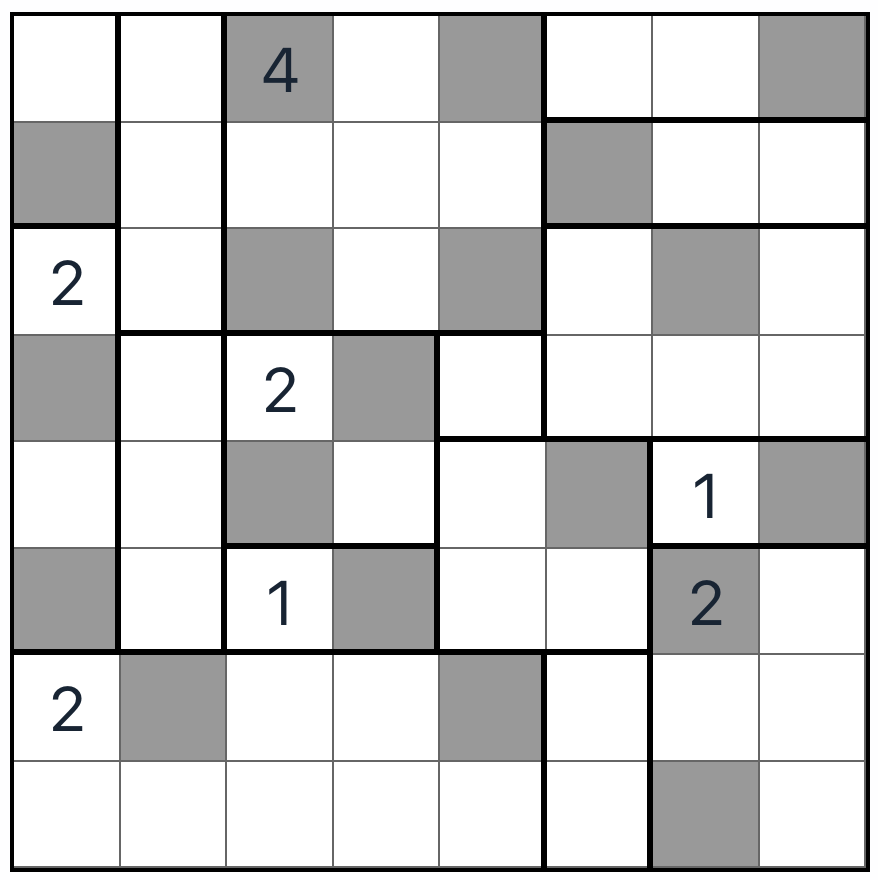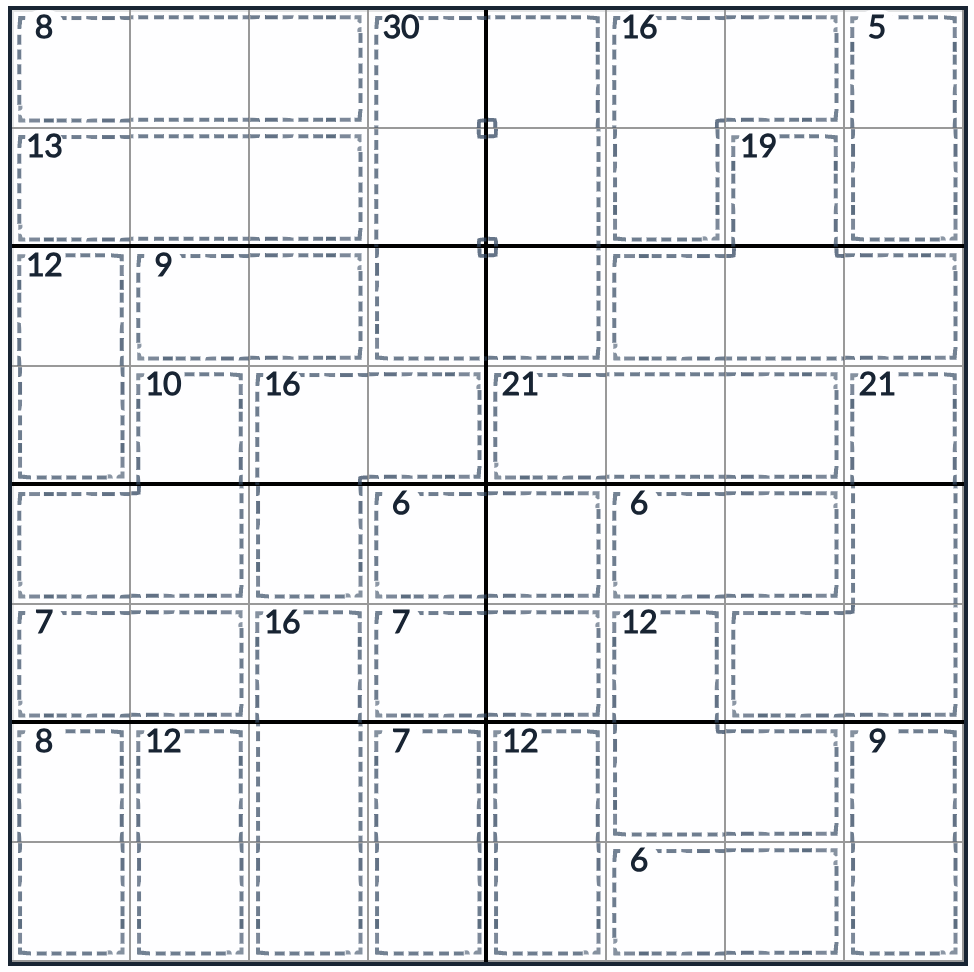Diagonal Consecutive Sudoku Easy
Like this puzzle!
9
4
1
3
2
7
5
8
5
8
6
1
7
9
4
3
7
2
7
6
8
3
3
2
9
6
9
4
2
3
1
3
8
1
9
5
4
2
1
1
2
3
4
5
6
7
8
9
?
~
123
1
2
3
Helping solve
Undo
Redo
Delete
0
Hint
Latest score list for #3104d
an
anonymous sekunti sitten
9'54''
Wi
William 11 minuuttia sitten
4'47''
wo
workforce 18 minuuttia sitten
6'31''
Ol
Oliver 31 minuuttia sitten
14'31''
gu
guest 49 minuuttia sitten
6'40''
an
anonymous tunti sitten
4'59''
sp
specialist tunti sitten
14'3''
an
anonymous tunti sitten
9'4''
Fi
Fitness 2 tuntia sitten
17'33''
pr
premium 2 tuntia sitten
18'19''
Latest score list for Diagonal Consecutive Sudoku
br
brother solved puzzle No#l4d28;
18'56''
an
anonymous solved puzzle No#31296;
19'28''
so
social solved puzzle No#lz26y;
11'58''
an
anonymous solved puzzle No#ok9q2;
12'14''
br
brother solved puzzle No#31296;
6'36''
Pr
Prestashop solved puzzle No#3wxx2;
17'40''
Tr
Treatment solved puzzle No#od6d0;
6'13''
Lo
Loans solved puzzle No#3jev1;
12'57''
an
anonymous solved puzzle No#l88kx;
6'15''
an
anonymous solved puzzle No#3n5mx;
7'2''
How to play Diagonal Consecutive Sudoku
Diagonal Consecutive Sudoku Rules
Consecutive Sudoku: Standard Sudoku rules apply (1-9 in each row, column, and box) with the added twist of bars between some squares. These bars mean the numbers in those squares must be consecutive (differ by 1).
Diagonal Consecutive Sudoku Additional Rules:
-
Diagonal Sudoku Rule: Sudoku main diagonals also contain the digits 1 through 9.
Read more: Diagonal Consecutive Sudoku rule & tips
Using the Markings:
Pay close attention to the consecutive markers while placing numbers. If two cells are connected by a bar, the numbers you place in them must differ by exactly 1.
Conversely, if there's no marking between two cells, the numbers in those cells cannot be consecutive.
Diagonal Consecutive Sudoku = Diagonal Sudoku + Consecutive Sudoku.
Privacy Policy Copyright Gridpuzzle © 2024
























